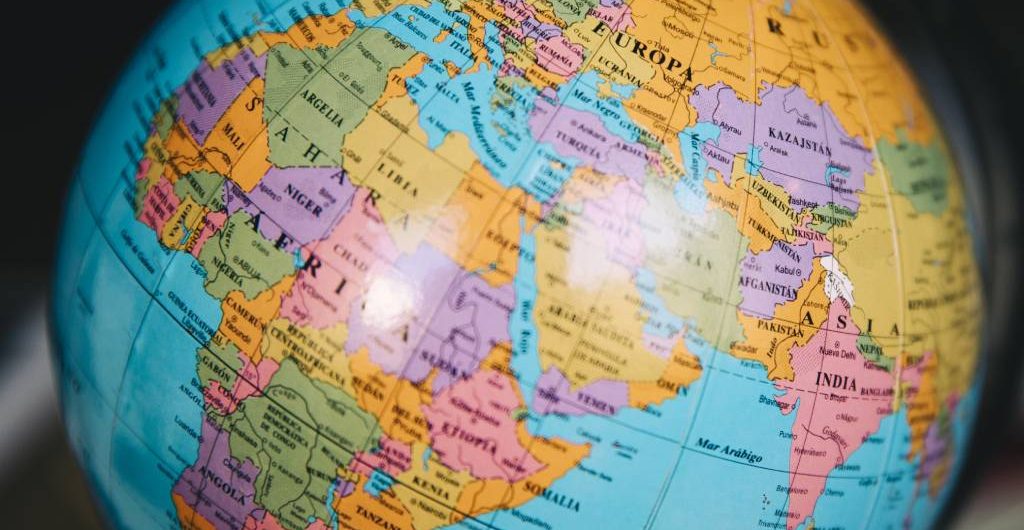
The concept of the “East” has captivated human imagination for centuries. It represents a vast and diverse region that encompasses a wide array of cultures, histories, and geographies. In this exploration, we delve into the multifaceted nature of the East, shedding light on its geographical, cultural, historical, economic, and environmental dimensions.
Geographical Aspect
Location of the East
The East is a relative term, depending on one’s perspective. In the context of continents, it often refers to Asia and parts of the Middle East. The eastern hemisphere, in contrast to the western hemisphere, places regions such as Asia, Africa, and Europe in the East.
Continents in the East
- Asia: The largest and most populous continent, Asia, is home to diverse landscapes, from the icy tundra of Siberia to the lush rainforests of Southeast Asia.
- Africa: Eastern Africa, including countries like Kenya and Tanzania, is often considered part of the East due to its cultural and historical ties with Asia.
- Middle East: Countries in the Middle East, such as Saudi Arabia and Iran, straddle the boundary between Asia and Africa, contributing to the region’s complexity.
Climate in the East
The East experiences a wide range of climates, thanks to its vast expanse and geographical diversity.
Seasons
- Tropical Regions: Eastern countries near the equator, like Indonesia and the Philippines, have a tropical climate with distinct wet and dry seasons.
- Seasonal Extremes: Eastern Russia and Siberia endure harsh winters with freezing temperatures, while experiencing short-lived summers.
Weather Patterns
- Monsoons: Many parts of South and Southeast Asia are influenced by the monsoon, which brings heavy rainfall during the wet season and dry conditions during the rest of the year.
- Desert Climate: The Middle East is characterized by arid deserts, with temperature extremes and minimal rainfall.
Cultural Aspect
Eastern Cultures
The East boasts a tapestry of cultures, each with its own traditions, customs, and languages.
Traditions and Customs
- Japan: Known for its tea ceremonies and intricate rituals.
- India: Rich in traditions like Diwali and Holi, along with diverse regional customs.
- China: Famous for its ancient practices like Tai Chi and Confucian philosophy.
Languages Spoken
- Asia: Home to a myriad of languages, including Mandarin, Hindi, Arabic, and more.
- Africa: Diverse linguistic landscape, with Swahili, Amharic, and Arabic being prominent.
Eastern Religions
The East is a cradle of major world religions, shaping spiritual beliefs across the globe.
Dominant Religions
- Hinduism: Originated in India, emphasizing karma, reincarnation, and dharma.
- Buddhism: Founded in India by Siddhartha Gautama, promoting enlightenment and the Four Noble Truths.
- Islam: Prevalent in the Middle East and parts of Asia, with a focus on monotheism and the Quran
Religious Practices
- Temples: Ornate Hindu temples, serene Buddhist monasteries, and elegant Islamic mosques are integral to the Eastern religious landscape.
- Festivals: Vibrant celebrations like Diwali, Eid al-Fitr, and Songkran are deeply rooted in Eastern religious traditions.